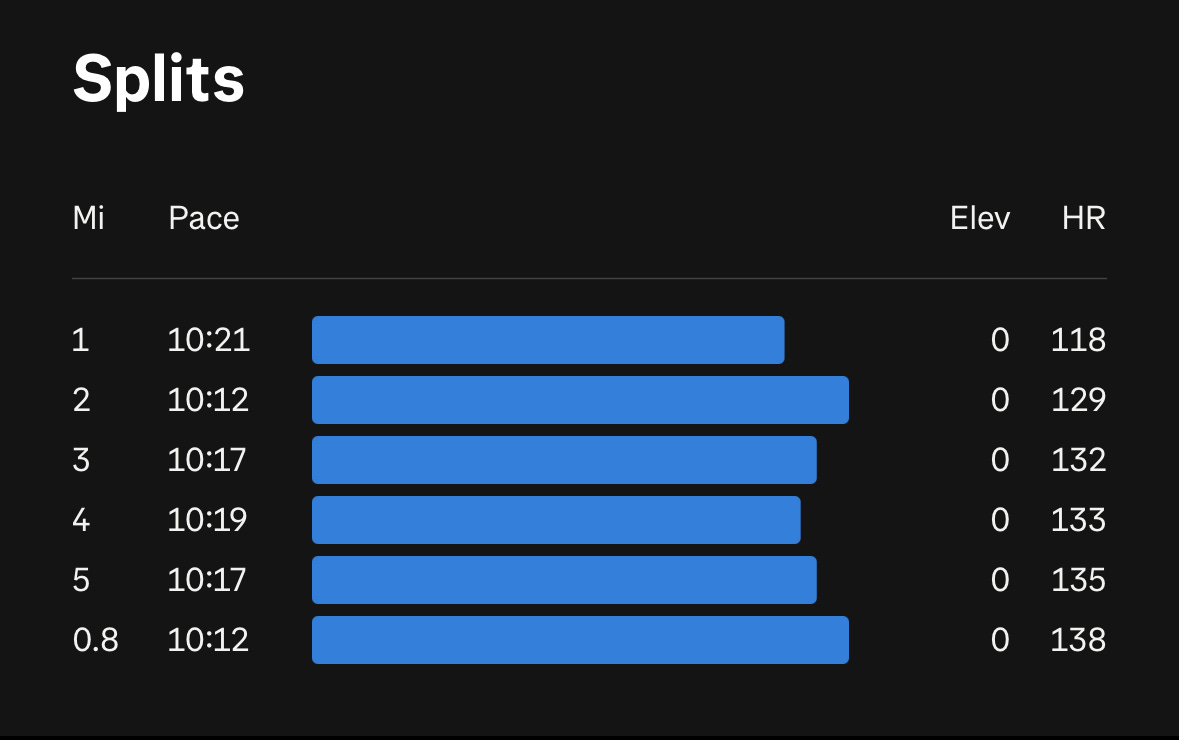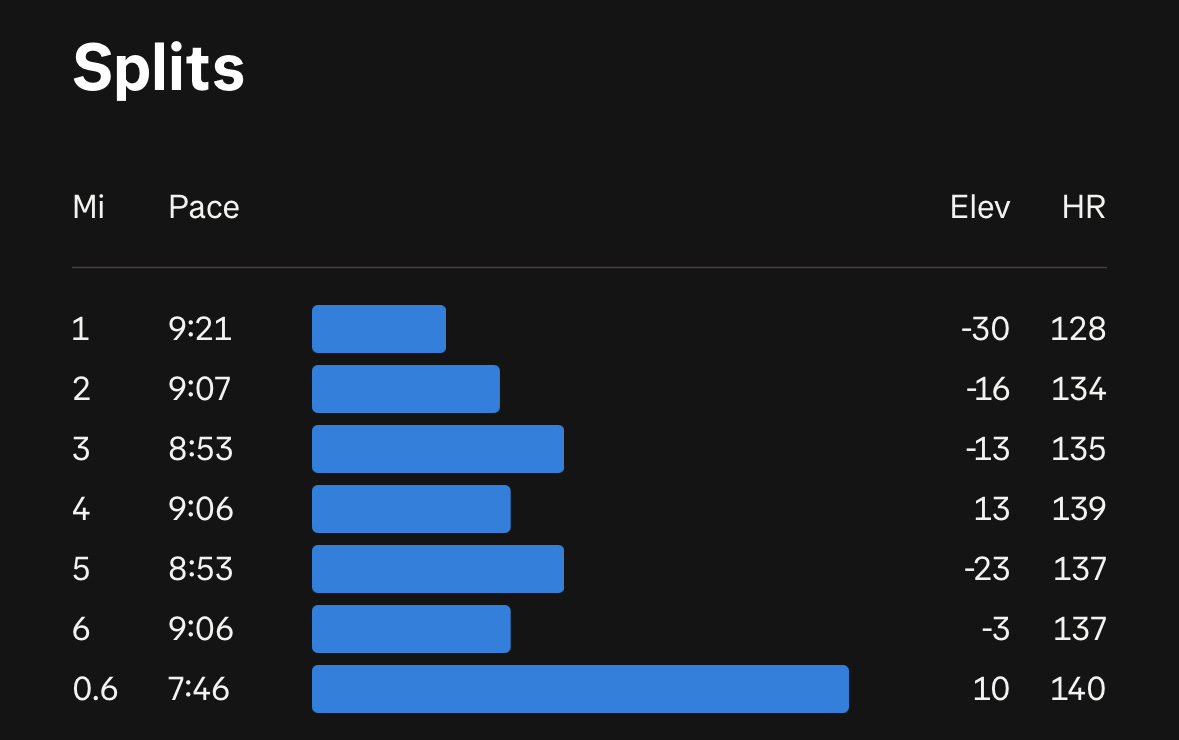What a Training Breakthrough Looks Like
In the middle of a breakthrough is a weird place to be. Everything was normal up until that point. You woke up normal. Had your morning water, bathroom event, breakfast, coffee, etc. Your running shoes slipped on as they always do. Passing by the houses and streets you always do on your normal route until you look down 30 minutes in: “is this really happening”.
It seems to happen gradually, then suddenly; as the old saying goes.
It isn’t just about hitting a PR or suddenly feeling “fast”. It’s more subtle than that. It’s when the work clicks, and all the stress you’ve been stacking over months integrates into your physiology and your mind catches up to what your body has built.
What’s happening is called a training breakthrough. You normal easy pace has shifted, seemingly overnight, to pace you could not imagine a few month’s prior. Although we would love for these things to happen overnight, they tend to occur very slowly, and only get “noticed” when the gap to what you thought you normally ran becomes so large to what you are actually running.
An example below from Matt, a runner I am coaching:
Run #1 from December 2024
A normal easy run, a few bumpy hills but nothing dramatic. Normal zone 2.
Run #2 From January 2025
Here we see a treadmill run but the idea is averaging a few less BPM for a slightly faster pace (which is normal, but still telling of what may be to come in training).
Run #3 From February 2025
Matt went out for what he thought would be a normal easy run like #1.
Except this time we get further confirmation that the flat treadmill run from last month was on to something physiologically. When recovery, consistent training, weather, and health align, we get the perfect storm for a breakthrough!
Notice how he took advantage of it and didn’t back the pace off. Even sending it shortly during the last half mile or so! You have to welcome your body to your new paces.
Sponsored by (me) IntraChew
What To Do Next
Like everything in life, the training breakthrough will have its speedbumps. Much like a chart of the stock market, it will dip slightly, increase some days, take a big hit in some months, and make major gains in other months—but the theme remains the same when you zoom out. Upwards and to the right. The same goes for your training paces when you train consistently. The macro trend should show a slight increase over time. But tomorrow, Matt could run slower than run #3 above. The next day somewhere in the middle. After that, maybe faster.
The easiest way to track this is on a monthly basis, or a 4 week rolling period. As most of your miles *should* be in the easy category, this pace *should* dictate how many miles you can run within the constrains of your time allotted for running. If you can only run 6 hours a week, then you are constrained by the amount of easy miles you can run. If you’re faster at an easy pace, you get to run more miles!
It is also important to make sure your normal “speed” or higher intensity workout is seeing the same thing. If you run 10x400 two weeks ago, are you 2-3 seconds faster on your splits this week? If not, why? It could be something physiological, or even mental (you can run faster but you’re scared to).
This is why the importance of a standardized week is so important. If you can at least control when you do your workouts, on certain days of the week, you can control the factors around them so when you compare workouts week-over-week, you are able to extract meaningful insights.
An example of the opposite of the above would be moving your long run to a Tuesday, when it’s usually Saturday, and your body/mind is not ready for the change, you had a stressful day at work, low on hydration, sat around at your desk all day, etc. Expect a different outcome on Tuesday than you do for your last week’s Saturday run. The more you can control your routine, the more you can accurately compare data.
The one issue arises is that new adaptations are needed. Simply running more consistently won’t cut it past a certain point. New workouts will be needed, new weekly structure, added cross training, strength training, or even something else. Don’t rely on what worked before, especially if it was simply “running more”. You don’t have to be an advanced runner to need a bag of workouts to force adaptations!
Breakthroughs don’t happen when you force them. They come when you trust the process, when you back off just enough to let adaptations settle in. Sometimes they need the perfect storm, sometimes they come at weird times. But when they do come, accept them and train at your new level. Don’t play it scared and go back to the paces you were so comfortable in a few weeks prior. Stay on the edge and keep adapting.
-BTR





